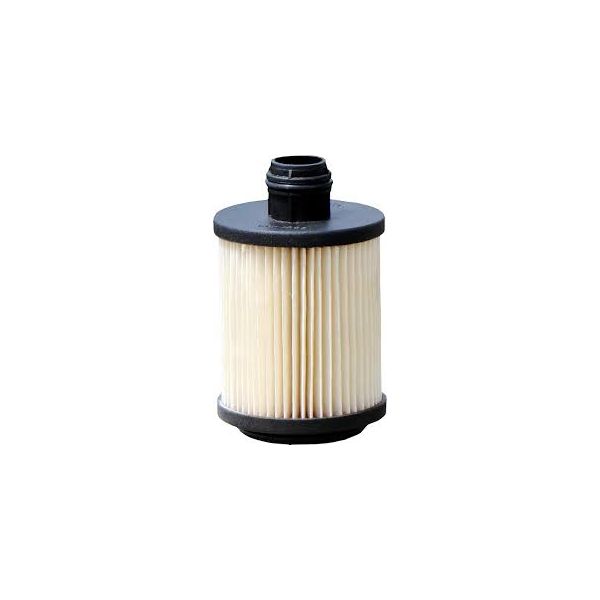Oil Filter
Special Price
₹225.25
₹265.00
Metal Free
Availability:
In stock
SKU
EK-4386
- The oil filter maintains continuous oil flow and removes particles (dirt, oxidized oil, metallic particles) that may appear in the motor oil due to engine wear. It purifies the motor oil so that it can do its job efficiently. An oil filter has enough contaminant holding capacity to remain fully functional until the next oil change.
| Part Number | EK-4386 |
|---|---|
| Brand | ELOFIC |
| Manufacturer Part Name | Oil Filter |
| Usage Steps | | Run the engine for several minutes before the oil change, so that any contaminants will have circulated in the hot oil before you drain it (rather than being stuck in the oil pump or the pan). | Before removing the oil filter, you have to locate the oil drain plug and place your drain pan below it to collect the draining oil. Use your owner's or repair manual to locate and identify this component, then use a wrench to loosen it. | Once the plug is loosened, you can easily remove it using nothing but your hand, however, be careful to position the pan correctly, knowing that the oil will drain at an angle. | Once all the oil is drained, replace the plug. Start the threads by hand, and then snug it with the wrench. Check your repair manual for the proper torque spec, and don't overtighten because you can damage the threads. | Use the oil filter wrench to loosen the filter. Before removing it, allow the oil to drain out of it. | After having drained all the oil out of your existing filter, use the oil filter wrench or your hand to carefully remove it. Gloves are useful here, not only to keep contaminants off of your skin but also to protect your hand from the filter and oil, which can be hot. | Use a rag to make sure the mounting surface of the engine is clean. This is an important step that also ensures the old gasket was not left behind after removing the filter. | Next, take the new oil filter, lubricate it by coating the seal with fresh oil. Fill the new filter with about ½ quarter of oil so it will be pre-loaded when the engine starts. | Screw the new filter on hand-tight, then no more than another ¼ or ½ turn. It's important NOT to overtighten the new filter; its thick gasket is soft rubber that can easily deform if tightened too much and can cause a leak. | Using a clean funnel, pour new oil in, then remember to replace the cap after completing the process. Consult your repair or owner's manual for the correct grade and amount of oil. | Next, run the engine for a few minutes, and check for leaks. If you identify a leak, turn the engine off immediately, and try to identify where the leak is coming from. If all goes well, the filter will be securely in place, and there will be no leakage. | Simply check the oil level one more time to make sure it's in the green. Now that you know how to change an oil filter, make sure you replace the oil and filter in your vehicle on a regular basis, to avoid malfunctions and high service costs in the future. |
| Advantages | | To reduce engine wear, A failing oil filter will allow impurities to pass through and slow down the arrival of oil, which can lead to early engine wear, poor performance or even engine failure. | To avoid soiling your new oil, The oil filter should be generally be changed at each oil change (every 10,000 km or 1 year whichever is earlier for petrol/diesel cars) to avoid soiling your new oil. |
| Make | Model |
|---|
| Part No. | Part Name | Brand Name | Action |
|---|




